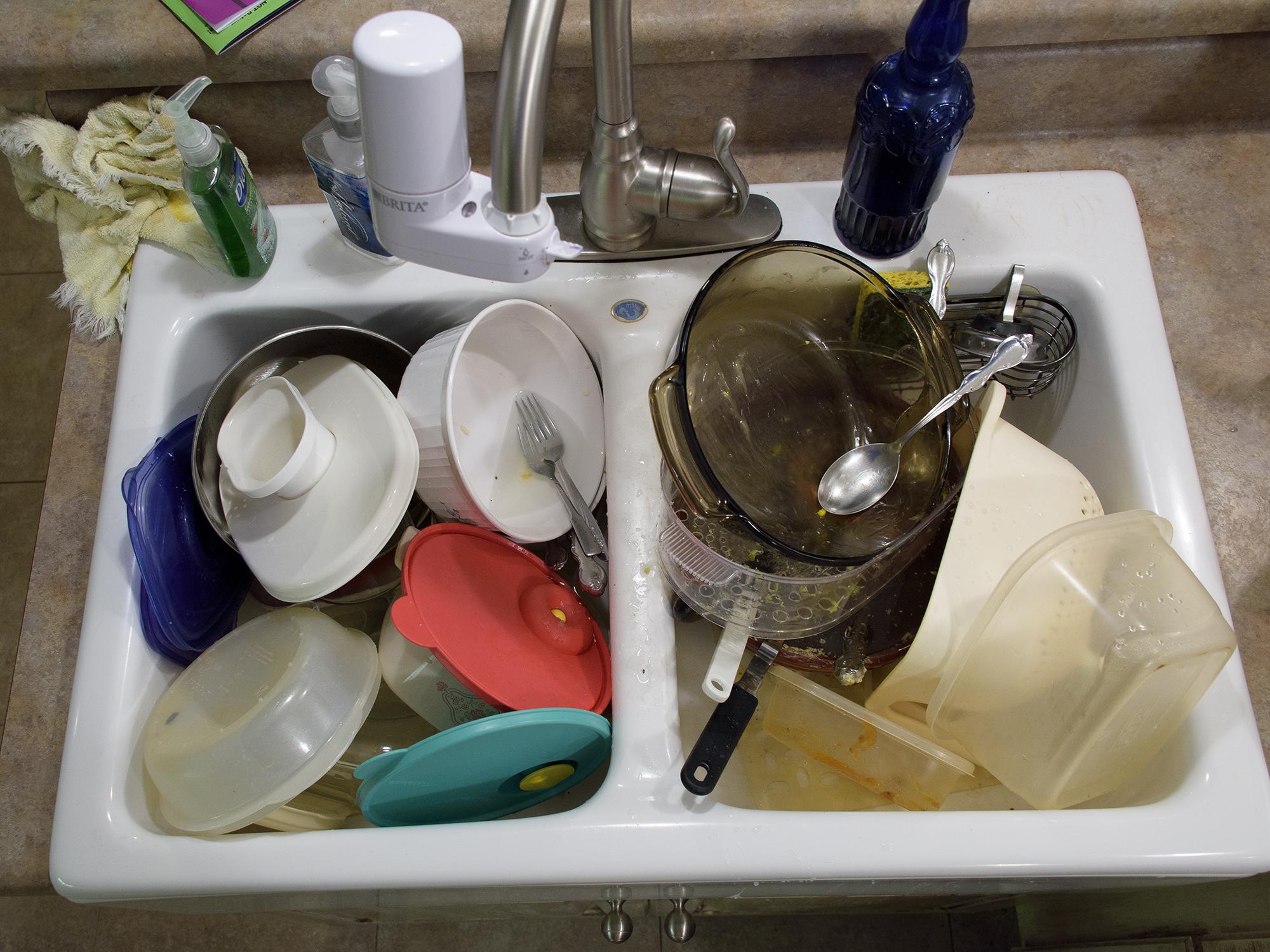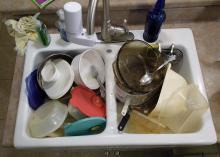Information Possibly Outdated
The information presented on this page was originally released on May 1, 2017. It may not be outdated, but please search our site for more current information. If you plan to quote or reference this information in a publication, please check with the Extension specialist or author before proceeding.
Follow six steps to manage pests
STARKVILLE, Miss. -- Spring has begun, and while that means warmer weather and blooming flowers, it may mean more pests infiltrating your home.
David Buys, health specialist with the Mississippi State University Extension Service, explained the importance of integrated pest management and the steps that make up the IPM process. He said IPM focuses on common-sense activities around the house, with an emphasis on environmentally friendly and affordable practices over regular application of insecticide.
Buys said there are six main steps to IPM: inspection and identification, exclusion and denial, education, sanitation, physical control, and insecticides used only when necessary. Using several strategies reduces pest populations while saving money.
“The most important steps are sanitation and physical control. By sanitation, I mean avoid giving pests food, water or shelter,” Buys said. “For instance, don’t go to bed with a messy kitchen. That’s leaving a feast for pests. Seal all of your foods securely, and keep them properly stored in the cupboard or refrigerator.”
Buys said clutter is important for pests to be able to take cover and feel safe in the home. When the amount of clutter is limited, it can reduce the number of places pests can hide. In addition, it is essential to clean up often. Vacuuming regularly can minimize crumbs that attract insect pests.
Physical control includes sealing up entrances and exits -- places where mice and insects may come and go. Look for holes inside cabinets, especially those in the kitchen and bathroom where plumbing fixtures come into the home.
This all matters, Buys says, because pests and the residues they can leave behind are triggers for asthma, allergies and other health problems.
MSU Extension entomology specialist Blake Layton said exclusion is an important first defense against household insect pests.
“Efficient exclusion practices can keep many pests from becoming established in the home in the first place,” Layton said. “In addition, good sanitation practices help keep pest populations low and make any needed bait or insecticide treatments more effective.”
Insecticides are key components of most IPM programs.
“When insecticide treatment is required, considering the target pest and the biology of that pest before choosing an appropriate treatment is important. For example, carefully placed bait treatments usually provide safer and more effective control of German cockroaches than insecticide sprays,” Layton said.
The Healthy Homes Initiative offers interactive workshops that focus on how to create and maintain healthy homes. These sessions offer science-based information on a variety of topics, from lead to hazardous household chemicals. Call the local Extension office or visit http:www.extension.msstate.edu/hhi to request more information.




